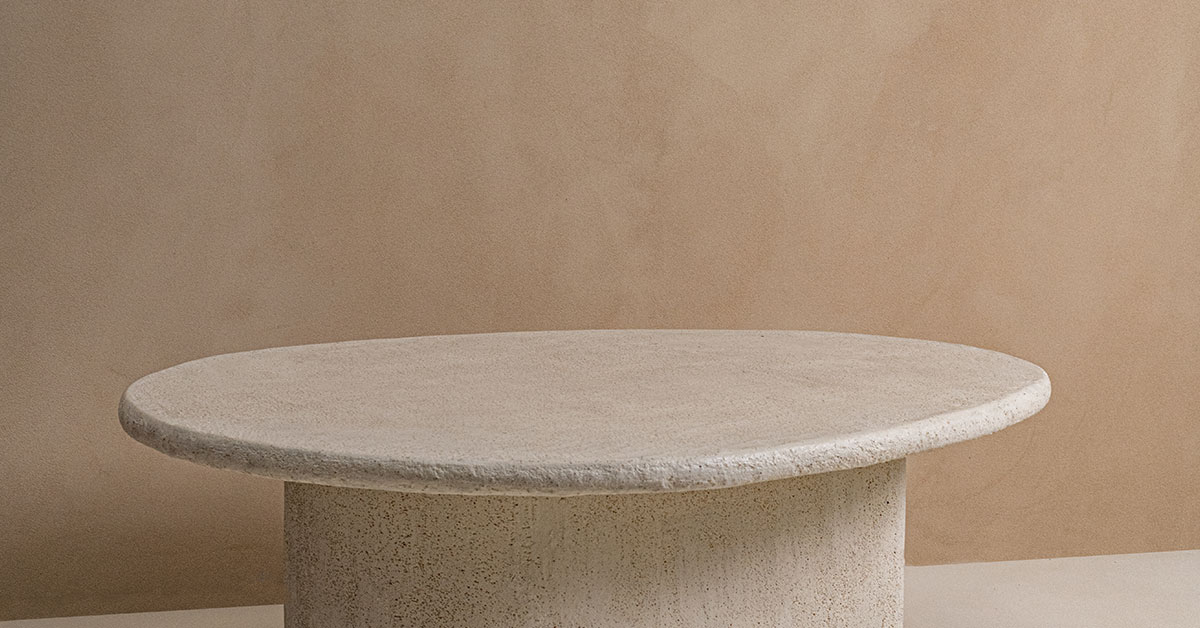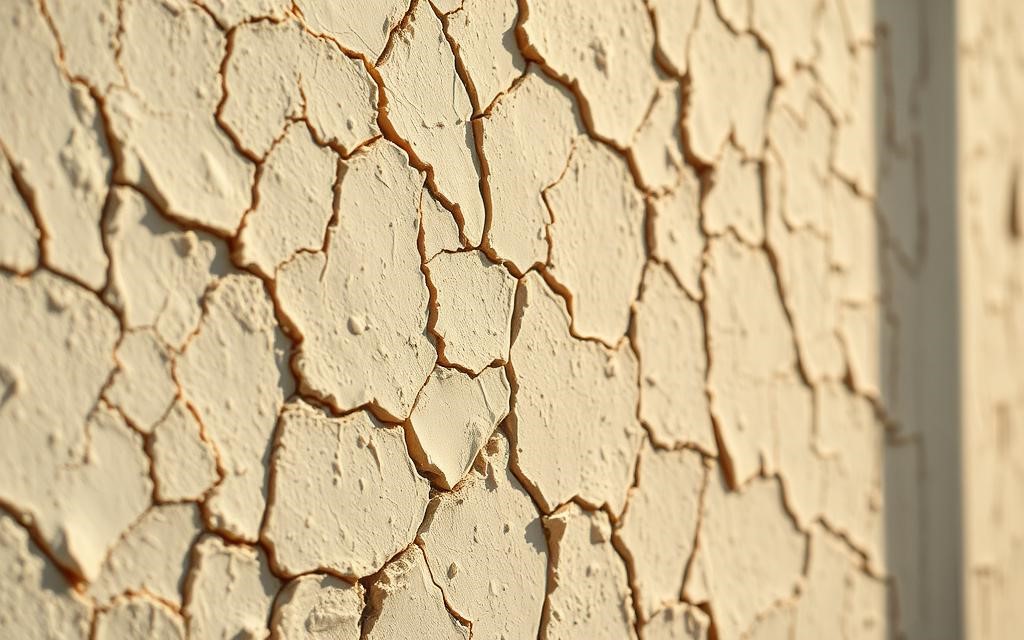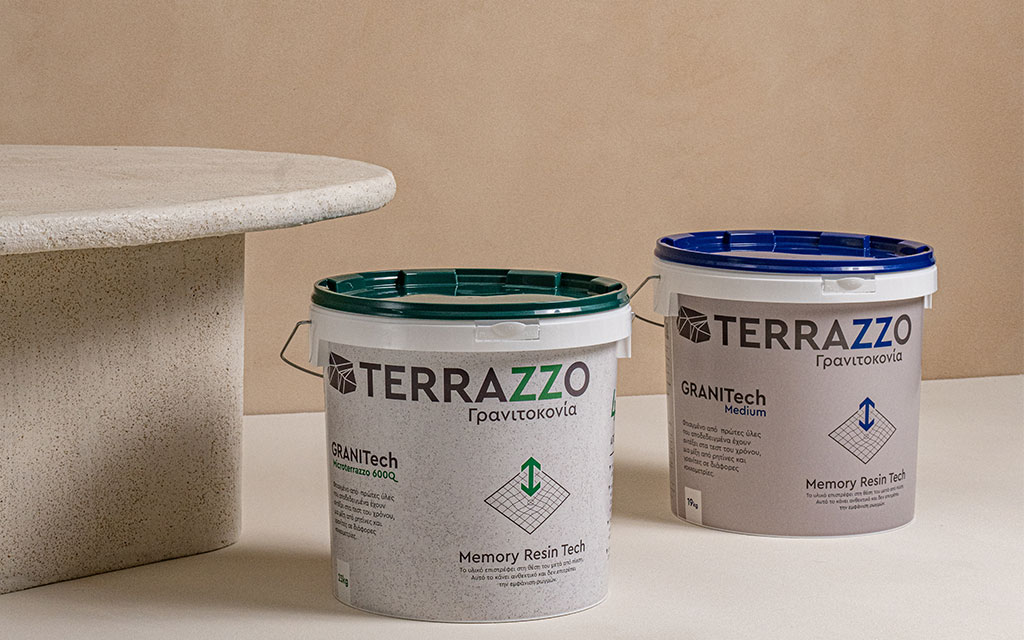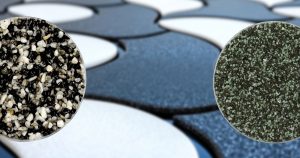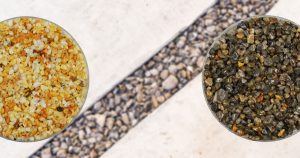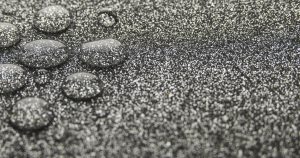Ever wondered why plaster is cracking and seemingly appearing out of nowhere on your beautiful walls and ceilings? These unsightly cracks in plaster can completely ruin the aesthetic appeal of your home’s interior, but what many homeowners don’t realize is that these seemingly minor blemishes might actually be warning signs of much more serious underlying structural problems that could cost thousands to repair if left unaddressed.
Understanding the fundamental reasons behind why plaster is cracking becomes absolutely essential for maintaining both the visual appeal and structural integrity of your home over the long term. Multiple factors including humidity fluctuations, dramatic temperature changes, natural building settling, and various environmental stressors can all contribute to the development of plaster cracks throughout your living space. This comprehensive guide will walk you through everything you need to know about identifying when a seemingly innocent small crack requires immediate attention and exactly how to address these issues using proven repair techniques that will stand the test of time.
Key Takeaways
- Understanding plaster cracking patterns can help prevent more serious structural issues from developing
- Small cracks in plaster walls or plaster ceilings may often appear harmless but should be monitored for changes over time
- Humidity fluctuations and temperature changes rank among the most common causes of plaster deterioration
- Implementing proper plaster repair techniques can significantly extend the lifespan of your walls and ceilings
- Correctly identifying the specific types of cracks helps determine both the underlying cause and necessary repair approach
Table of Contents
Understanding the Basics of Plaster Cracking
The frustrating issue of plaster cracking affects countless homeowners across the country, but developing a solid understanding of how plaster actually behaves during its curing process can provide valuable insights into solving this persistent problem. When freshly applied plaster dries and hardens, it naturally undergoes a shrinkage process that almost inevitably leads to the formation of tiny hairline cracks, particularly in new plaster installations where the material hasn’t had sufficient time to fully stabilize.
Building foundation settlement represents another significant contributor to plaster crack development that many homeowners overlook. As buildings naturally settle over months and years following construction, this gradual movement creates stress points throughout the structure that directly affect the plaster layer adhered to walls and ceilings. This phenomenon affects both older and newer homes, though the timing and severity can vary dramatically based on soil conditions, construction methods, and environmental factors.
The interaction between natural drying processes and inevitable building settlement can create a perfect storm for crack formation, particularly when combined with external environmental stressors. Factors such as seasonal temperature changes, humidity fluctuations, and even direct sunlight exposure can cause plaster to expand and contract repeatedly, eventually leading to visible surface damage. Understanding these interconnected causes empowers homeowners to take proactive steps to address plaster problems before they escalate into expensive structural repairs.
What Causes Plaster Cracks?
Determining why plaster is cracking requires careful examination of multiple potential contributing factors, with foundation movement consistently ranking as one of the most significant underlying causes. As homes naturally settle over time, even minimal foundation shifts can create substantial stress on plaster surfaces, resulting in visible crack patterns that often follow predictable paths along stress concentration points.
Building settlement frequently manifests through clearly visible crack formations that experienced professionals can identify and diagnose relatively easily. Over extended periods, homes may experience subtle shifting that places enormous pressure on rigid plaster materials, making it absolutely crucial for homeowners to monitor for early warning signs of structural changes that could indicate more serious problems developing beneath the surface. Additionally, major remodeling projects can introduce new stress points and vibrations that contribute to crack formation, making it essential to understand this important connection between construction activities and plaster damage.
Environmental Factor | Impact on Plaster | Prevention Strategy |
Temperature Changes | Causes expansion and contraction leading to stress cracks | Maintain consistent indoor climate control |
Humidity Fluctuations | Moisture levels affect plaster stability and adhesion | Use dehumidifiers and proper ventilation |
Direct Sunlight | UV exposure and heat cause plaster deterioration | Install window treatments and UV protection |
Poor Ventilation | Trapped moisture weakens plaster structure | Ensure adequate airflow throughout home |
Environmental factors play an equally important role in plaster crack development, with temperature changes causing materials to expand and contract in cyclical patterns that gradually stress plaster beyond its tolerance limits. High humidity levels, particularly when combined with inadequate ventilation systems, can saturate plaster materials and compromise their structural integrity over time. Regular monitoring of indoor moisture levels and implementing appropriate climate control measures can significantly help prevent these environmentally-driven issues from causing expensive damage.
Identifying Different Types of Cracks in Plaster
Successfully identifying the various types of cracks that can appear in plaster surfaces proves essential for determining appropriate repair strategies and understanding whether immediate professional intervention becomes necessary. Each crack pattern tells a specific story about underlying causes and potential severity, making accurate diagnosis the critical first step in any effective repair process.
Hairline Cracks
Hairline cracks appear as extremely thin, barely visible lines that typically develop across plaster surfaces during the natural curing and aging process. These minor cracks generally occur when plaster dries and undergoes normal shrinkage, creating superficial surface tensions that manifest as delicate linear patterns. While hairline cracks are usually more of an aesthetic concern than a serious structural problem, monitoring their progression over time remains important since they can occasionally indicate the beginning stages of more significant issues developing beneath the surface.
Vertical Cracks
Vertical cracks commonly appear in new plaster installations and often indicate that the plaster material is still settling or continuing to shrink as it completes the curing process. These cracks typically run straight up and down along plaster walls and generally suggest normal material behavior rather than serious structural problems. However, addressing vertical cracks promptly becomes important to prevent moisture infiltration and to maintain the overall integrity of the plaster system before minor issues escalate into major repair projects.
Diagonal Cracks
Diagonal cracks represent potentially serious warning signs that often suggest underlying structural issues requiring immediate professional assessment and intervention. These angled crack patterns frequently indicate foundation movement, settling problems, or other significant structural stresses that can cause the plaster to loosen and fail over time. When diagonal cracks appear, particularly if they continue growing or if multiple cracks develop in similar patterns, consulting with qualified structural professionals becomes essential to ensure any serious underlying problems receive appropriate attention before causing extensive damage.
Why Plaster is Cracking: Common Causes
Homeowners seeking to understand why plaster is cracking must examine several key contributing factors that can compromise the integrity of plaster walls and plaster ceilings over time. The primary culprits include dramatic temperature changes, significant humidity fluctuations, and various structural problems that can develop gradually or appear suddenly depending on circumstances. Each of these factors plays a distinct but often interconnected role in plaster deterioration, making comprehensive understanding essential for effective prevention and repair strategies.
Temperature Changes
Significant temperature changes throughout seasonal cycles can place enormous stress on plaster materials through repeated expansion and contraction cycles that gradually weaken the material’s structural integrity. When indoor temperatures fluctuate dramatically, plaster materials naturally expand and contract at different rates than the underlying substrate materials, creating stress points that eventually manifest as visible cracks. This phenomenon becomes particularly problematic in older homes where traditional plaster systems may lack the flexibility of modern materials, making them more prone to cracking under thermal stress.
Constant temperature variations gradually weaken plaster over extended periods, with each heating and cooling cycle contributing to cumulative damage that eventually becomes visible as surface cracks. Old plaster systems prove especially vulnerable to thermal stress since they were often applied using materials and techniques that prioritized durability over flexibility, making them less capable of accommodating modern HVAC-induced temperature swings.
Humidity Fluctuations
Humidity changes can severely impact plaster stability through complex interactions between moisture levels and material properties that affect both adhesion and structural integrity. When indoor air becomes excessively dry, plaster materials can shrink and become brittle, leading to crack formation as the material loses flexibility and cohesion. Conversely, elevated humidity levels can keep plaster materials saturated with moisture, preventing proper curing and potentially causing the plaster to soften and lose structural integrity over time.
Maintaining consistent humidity levels throughout your home helps prevent these moisture-related problems from compromising your plaster systems and causing expensive repair issues. Proper ventilation and climate control systems become particularly important in areas prone to cracking due to moisture exposure, such as bathrooms, kitchens, and basements where humidity levels naturally fluctuate more dramatically.
Structural Issues
Structural problems within a home’s framework represent among the most serious potential causes of plaster cracking and typically require immediate professional assessment to prevent extensive damage. Issues such as foundation movement, building settlement, or structural integrity compromises can place enormous stress on plaster systems, causing them to crack in predictable patterns that often indicate the location and severity of underlying problems.
Foundation problems frequently manifest through crack patterns that develop along stress concentration points, particularly where walls meet ceilings or around door and window openings. Recognizing these warning signs early and addressing structural concerns promptly can prevent relatively minor issues from escalating into major repair projects that could cost tens of thousands of dollars to remedy properly.
How to Repair Cracks in Plaster Walls and Ceilings
Successfully repairing cracks in plaster requires selecting appropriate tools, materials, and techniques based on the size, location, and underlying cause of the damage. Small cracks and hairline cracks can often be addressed using relatively simple patch and paint procedures, while larger cracks may require more sophisticated repair methods including crack stitching techniques that provide additional structural support.
For minor cracks and surface-level damage, begin the repair process by thoroughly cleaning the affected area to remove any loose plaster, dust, or debris that could interfere with proper adhesion. Apply high-quality joint compound or specialized plaster repair compound into the crack, ensuring complete penetration and smooth surface integration. After allowing adequate curing time, sand the repaired area smooth and apply primer and paint to match the surrounding surface finish.
Larger cracks and structural cracks often require more comprehensive repair approaches, including the crack stitching method that uses metal reinforcement rods to provide additional structural support and prevent future crack development. This advanced technique requires careful assessment of the underlying cause and may necessitate professional intervention to ensure proper implementation and long-term effectiveness.
Tool/Material | Primary Function | Best Used For |
Spackling Compound | Fills small cracks and surface imperfections | Hairline cracks and minor surface damage |
Joint Tape | Provides reinforcement for larger cracks | Cracks requiring additional structural support |
Putty Knife | Applies and smooths repair compounds | All crack sizes and surface preparation |
Sandpaper | Smooths repaired areas for painting | Final surface preparation and finishing |
Metal Rods | Structural reinforcement for serious cracks | Crack stitching in structural repairs |
Determining whether to attempt DIY repairs or seek professional assistance depends largely on the size, location, and apparent cause of the plaster cracks. Small cosmetic cracks can often be successfully repaired by skilled homeowners, while structural cracks or extensive damage patterns typically require professional assessment and repair to ensure proper resolution and prevent future problems.
Preventing Plaster Cracks in Your Home
Preventing plaster cracks from developing in the first place proves far more cost-effective and less disruptive than dealing with extensive repair projects after damage has already occurred. Understanding proper installation techniques, maintaining optimal environmental conditions, and implementing proactive monitoring strategies can significantly extend the lifespan of your plaster systems while preserving both aesthetic appeal and structural integrity.
Proper Installation Techniques
Achieving successful plaster installation that resists cracking requires meticulous attention to surface preparation, material mixing, and application techniques that ensure optimal adhesion and curing conditions. Properly preparing the underlying substrate before plaster application creates the foundation for a durable, long-lasting finish that can withstand normal environmental stresses without developing premature crack formations.
Correct plaster mixing ratios and consistent application methods prove equally important for creating installations that remain stable over time and resist crack development. Using high-quality materials and following manufacturer specifications for mixing, application, and curing helps ensure optimal performance and longevity while minimizing the likelihood of future crack problems.
Humidity Control and Monitoring
Maintaining appropriate humidity levels throughout your home represents one of the most effective strategies for preventing plaster deterioration and crack formation over time. Excessive moisture can compromise plaster integrity, while overly dry conditions can cause shrinkage and brittleness that leads to crack development.
Implementing reliable climate control systems including HVAC equipment, dehumidifiers, and proper ventilation helps maintain consistent environmental conditions that support plaster stability and longevity. Regular monitoring of humidity levels allows homeowners to identify potential problems early and take corrective action before environmental conditions cause irreversible damage to plaster systems.
When to Seek Professional Help for Plaster Cracks
Recognizing when plaster cracks require professional assessment becomes crucial for preventing minor issues from escalating into major structural problems that could compromise your home’s safety and value. While many small cracks can be successfully addressed through DIY repairs, certain warning signs indicate the need for immediate expert evaluation and intervention.
Cracks exceeding 5mm in width, diagonal crack patterns, or gaps developing between walls and ceilings represent serious red flags that typically indicate underlying structural problems requiring professional attention. These warning signs often suggest foundation issues, significant settling, or other structural compromises that could worsen over time without proper intervention.
Professional structural engineers, qualified plasterers, and experienced contractors can provide comprehensive assessments of your home’s condition and recommend appropriate repair strategies that address both visible symptoms and underlying causes. Seeking expert help when warning signs appear can prevent expensive repairs while ensuring your home remains safe and structurally sound for years to come.
Terrazzo GraniTech: The Ultimate Solution for Crack-Free Plaster
When traditional plaster systems continue to disappoint with recurring crack problems and costly maintenance requirements, Terrazzo GraniTech represents a revolutionary advancement that eliminates these persistent issues while delivering superior performance and aesthetic appeal. This innovative acrylic resin-based plaster system addresses the fundamental weaknesses of conventional cement-based plasters that make them prone to cracking under normal environmental stresses.
Unlike traditional plaster materials that rely on rigid cement formulations susceptible to shrinkage and cracking, Terrazzo GraniTech utilizes advanced resin technology that provides exceptional flexibility and durability. This patented material system can accommodate building movement, temperature changes, and humidity fluctuations without developing the structural cracks that plague conventional plaster installations.
The superior crack-resistant properties of Terrazzo GraniTech stem from its unique molecular structure that maintains flexibility while providing exceptional strength and adhesion. This anti-crack memory resin technology ensures that surfaces remain intact even under conditions that would cause traditional plasters to fail, eliminating the need for constant repairs and touch-ups that make conventional systems so expensive to maintain.
Professional contractors consistently report dramatically reduced callback rates when using Terrazzo GraniTech compared to traditional plaster systems. The material’s proven resistance to hairline cracks, structural cracks, and surface damage means installations remain pristine for years without requiring the frequent maintenance that makes old plaster systems so problematic for both contractors and homeowners.
Terrazzo GraniTech’s versatility extends far beyond traditional plaster applications, providing seamless coverage for walls, floors, ceilings, wet areas, and even exterior surfaces without requiring demolition of existing materials. This no-demolition approach saves significant time and money while avoiding the risks and complications associated with removing old plaster and underlying substrates.
The waterproof properties of Terrazzo GraniTech make it ideal for areas where traditional plaster typically fails, including bathrooms, kitchens, and other high-moisture environments. Unlike conventional plaster that can deteriorate when exposed to humidity and water, Terrazzo GraniTech maintains its integrity and appearance even in challenging wet conditions that would destroy traditional installations.
Feature | Traditional Plaster | Terrazzo GraniTech |
Crack Resistance | Prone to cracking from shrinkage and movement | Anti-crack memory resin prevents crack formation |
Moisture Tolerance | Vulnerable to humidity damage and water exposure | Fully waterproof with superior moisture resistance |
Installation Requirements | Often requires demolition and substrate preparation | Can be applied over existing surfaces without demolition |
Maintenance Needs | Regular repairs and touch-ups required | Minimal maintenance with long-term durability |
Flexibility | Rigid material susceptible to movement damage | Flexible system accommodates building movement |
Application Areas | Limited to dry interior spaces | Suitable for walls, floors, ceilings, wet areas, exteriors |
The economic advantages of Terrazzo GraniTech become apparent when considering long-term costs including installation, maintenance, and potential repairs over the system’s lifespan. While the initial investment may be higher than traditional plaster, the elimination of ongoing repair costs and the extended lifespan make Terrazzo GraniTech significantly more cost-effective over time.
For homeowners tired of dealing with recurring plaster crack problems and contractors seeking reliable solutions that eliminate callbacks, Terrazzo GraniTech represents the future of decorative plaster technology. This innovative system combines the aesthetic appeal of traditional plaster with the performance characteristics needed for modern applications, delivering crack-free surfaces that maintain their beauty and integrity for decades without the constant maintenance that makes conventional plaster systems so problematic and expensive to maintain.

